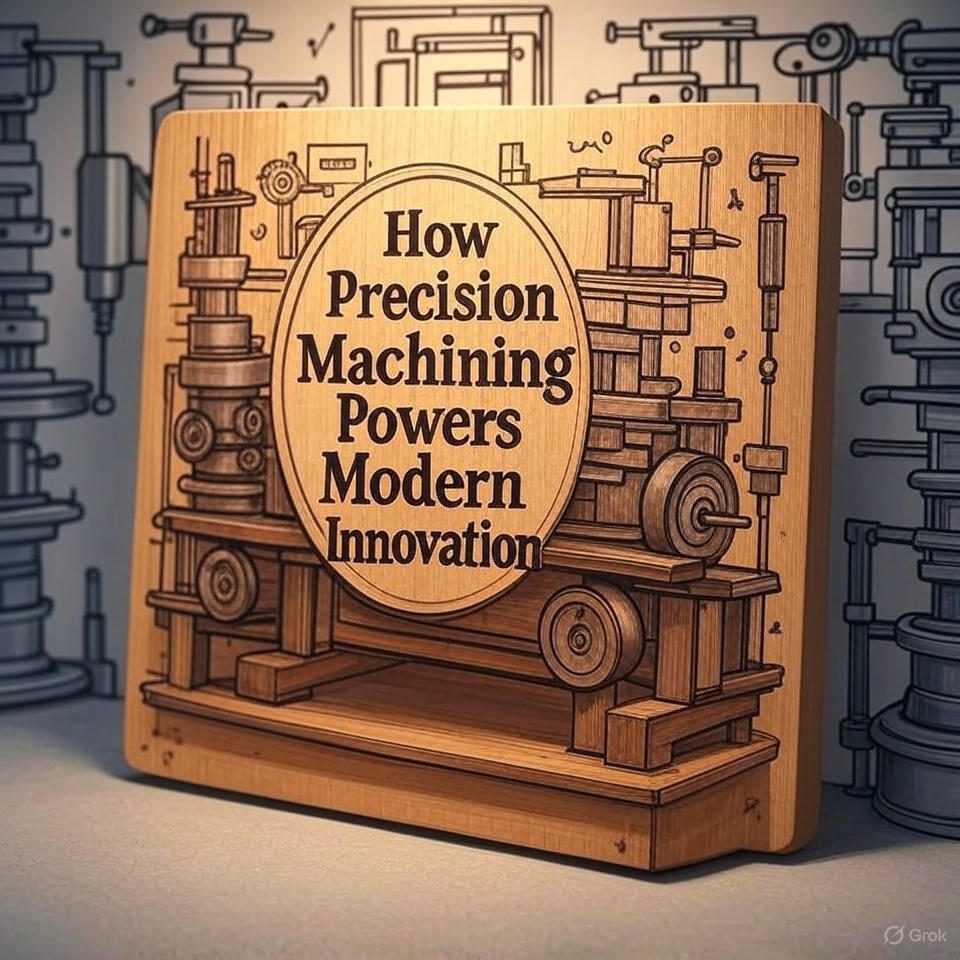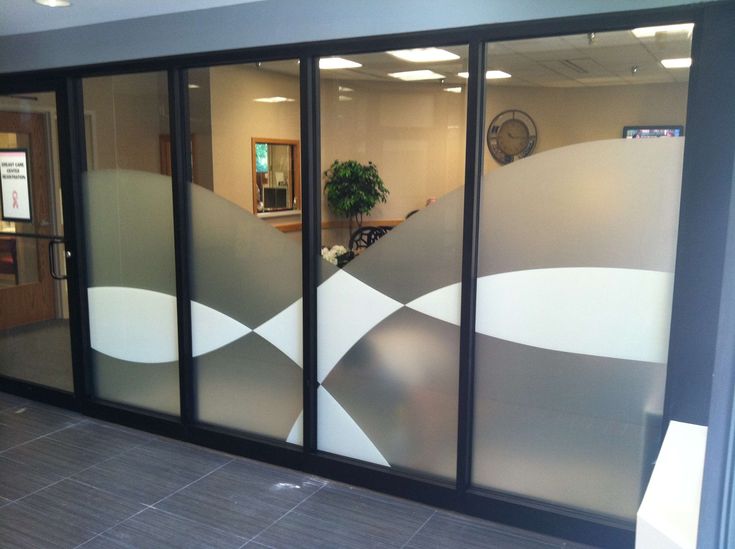Every great product starts with a vision—a bold idea scribbled on a whiteboard or a concept drawn up in a digital model. But transforming that vision into a tangible, working component takes more than creativity. It takes exacting craftsmanship, advanced technology, and an unwavering commitment to precision.
Across industries like aerospace, medical devices, energy, and electronics, the demand for components that meet incredibly tight tolerances has never been greater. Whether it’s a tiny implant or a complex turbine blade, these parts need to be manufactured to perform flawlessly under the most demanding conditions.
This is where precision machining steps in. It’s the vital process that bridges the gap between ambitious ideas and high-performance reality, quietly powering the innovations that shape the modern world.
The Journey from Idea to Implementation
Every breakthrough begins with a concept: a product idea, a solution to a problem, a new way to improve performance. Yet, turning that concept into a component suitable for real-world application requires more than inspiration. It demands engineering know-how, manufacturing agility, and an unwavering commitment to detail.
This is where precision machining enters the picture. By using computer-controlled tools, often integrated with CAD/CAM systems, manufacturers can replicate intricate designs with astonishing consistency. Engineers can prototype rapidly, test extensively, and refine iteratively. This ability to bring theoretical designs into precise, physical existence is the foundation of modern R&D and scalable production.
Why Precision Matters More Than Ever
Industries today are operating at scales and tolerances that were unthinkable just a few decades ago. Consider these examples:
- Aerospace: Jet engine components are subjected to extreme temperatures and pressures. Even the slightest imperfection can compromise safety and efficiency.
- Medical Devices: Implants and surgical tools must meet exacting standards, as any deviation can affect patient outcomes or device compatibility.
- Electronics: Miniaturisation has made tolerances tighter than ever. In smartphones, sensors, and wearable tech, every micron counts.
Precision machining makes it possible to meet these demands with confidence. It ensures that critical components perform exactly as designed, time after time.
The Role of Advanced Technology in Machining
Technological innovation has dramatically expanded what’s possible in precision machining. Computer Numerical Control (CNC) machines, for instance, are now the backbone of modern manufacturing. These systems allow for unparalleled accuracy, speed, and repeatability.
Today’s CNC machines can mill, drill, grind, and turn complex parts from a wide variety of materials, including titanium, aluminium, steel, and advanced polymers. With 3-, 4-, and even 5-axis configurations, they can create geometries that would be impossible with manual methods.
Equally important is the integration of real-time monitoring and adaptive control. Sensors within machines now provide instant feedback on tool wear, temperature, and cutting forces, enabling micro-adjustments on the fly. This results in less downtime, reduced material waste, and improved product integrity.
Midway through any successful machining project lies the synergy between design, engineering, and execution. Companies that specialise in CNC Machining play a vital role in this collaborative process. By understanding the nuances of design intent and combining it with deep material knowledge and cutting-edge machinery, these firms ensure that each component meets the strictest requirements of form, fit, and function.
The Feedback Loop: Design and Machining as Partners
One of the unsung benefits of precision machining is the feedback it provides to designers. When prototype parts are machined and tested, engineers can evaluate how design choices affect manufacturability and performance. This iterative loop leads to better final products and faster development cycles.
In high-stakes industries, this partnership is invaluable. It allows innovation to proceed quickly without sacrificing quality. A design can be adjusted to reduce material waste or improve assembly without compromising its intended function. These refinements, made possible by close collaboration between machinists and engineers, are often what separate good products from market leaders.
Sustainability and Efficiency in Machining
Sustainability is no longer an afterthought. Precision machining supports greener practices in several ways:
- Material Efficiency: High-accuracy cutting reduces scrap rates significantly.
- Tool Longevity: Better processes extend the life of expensive tools, lowering waste and costs.
- Energy Use: New machines are designed to consume less power without compromising performance.
Many modern machining centres also recycle metal chips and coolants, contributing to closed-loop manufacturing systems that reduce environmental impact. As industries commit to sustainability targets, precision machining will be a key enabler of low-waste, high-efficiency production.
Real-World Impact: Innovation Across Industries
Precision machining has become a catalyst for innovation across sectors:
- Automotive: Lightweight engine components and high-performance drivetrain parts are now produced with tolerances that maximise fuel efficiency and durability.
- Medical: Custom implants tailored to individual patients’ anatomy are machined with extreme accuracy, improving comfort and long-term outcomes.
- Energy: Precision components in wind turbines, solar tracking systems, and nuclear reactors ensure long-term reliability in challenging environments.
Even in creative fields such as architecture and product design, precision machining enables the realisation of unique and complex forms that previously couldn’t be manufactured economically.
Looking Ahead: The Future of Precision Machining
As industries continue to evolve, so too will the demands placed on machining. We can expect to see:
- Greater Automation: Robotic arms and autonomous material handling systems will streamline workflows and reduce labour costs.
- Smart Machining: AI-driven systems will predict maintenance needs, adapt processes in real-time, and reduce human error.
- New Materials: As materials science advances, machinists will tackle exotic alloys and composites that offer improved performance in extreme conditions.
In this future, precision machining will remain an essential bridge between innovation and implementation. It will continue to serve as the unseen but indispensable force behind many of the technologies that define our world.
Conclusion
From initial sketch to finished product, the journey of modern innovation relies heavily on the capabilities of precision machining. It’s what allows engineers to dream bigger, designers to be more ambitious, and industries to deliver safer, more reliable, and more sustainable products.
By merging craftsmanship with automation, science with creativity, and design with execution, precision machining doesn’t just power progress; it defines it. As we look ahead to smarter, more efficient, and more personalised manufacturing, the role of machining will only grow more vital.
Whether in aerospace, medicine, or renewable energy, the components that shape tomorrow are being machined today with precision at every step.






